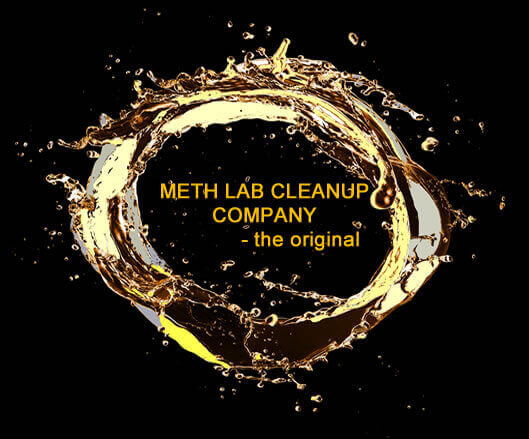FentAssure™ RESIDUE TESTSFENTANYL CONTAMINATION TESTING PRODUCTS
PRECISION FENTANYL TESTING ON ANY NON-POROUS SURFACE
Illicit fentanyl and its analogues pose a potential hazard to law enforcement, healthcare and emergency response personnel, decontamination specialists; any individuals who could come into contact with this drug in the course of their work.
Potential exposure routes of greatest concern include inhalation of aerosols or powders, mucous membrane contact, ingestion, or exposure secondary to a break in the skin (for example a needlestick). Any of these exposure routes can potentially result in a variety of symptoms that can include the rapid onset of life-threatening respiratory depression. Skin contact is also a potential exposure route, but is not likely to lead to overdose unless exposures are to liquid or to a powder over an extended period of time. Brief skin contact with illicit fentanyl is not expected to lead to toxic effects if any visible contamination is promptly removed.
The Centers for Disease Control and Prevention (CDC) has no occupational exposure data on illicit fentanyl for workers potentially exposed in the course of their job duties. There are no established federal or consensus occupational exposure limits for illicit fentanyl. (Courtesy NIOSH) In addition, no clandestine drug lab standards have yet been established by any state nor the Environmental Protection Agency (EPA).
All FentAssure™ residue test kits utilize an extremely sensitive immunoassay cassette and a one-of-a-kind buffer to assure positive and negative test results are valid. FentAssure™ test kits target fentanyl and ten additonal fentanyl analogs. Measure fentanyl contamination to the most strict methamphetamine standard of 0.1 ug/100cm2. Again, no fentanyl residue standards have yet been established in the US. GO DIRECT TO OUR ONLINE STORE TO ORDER.
